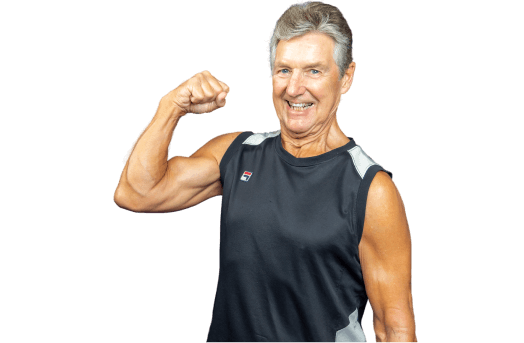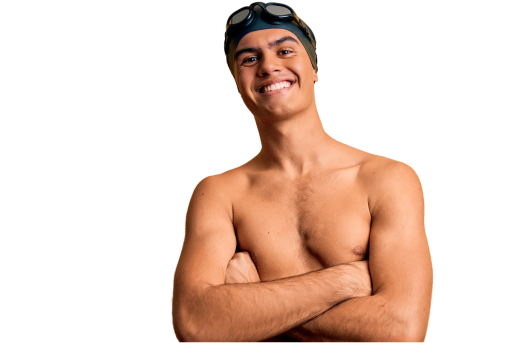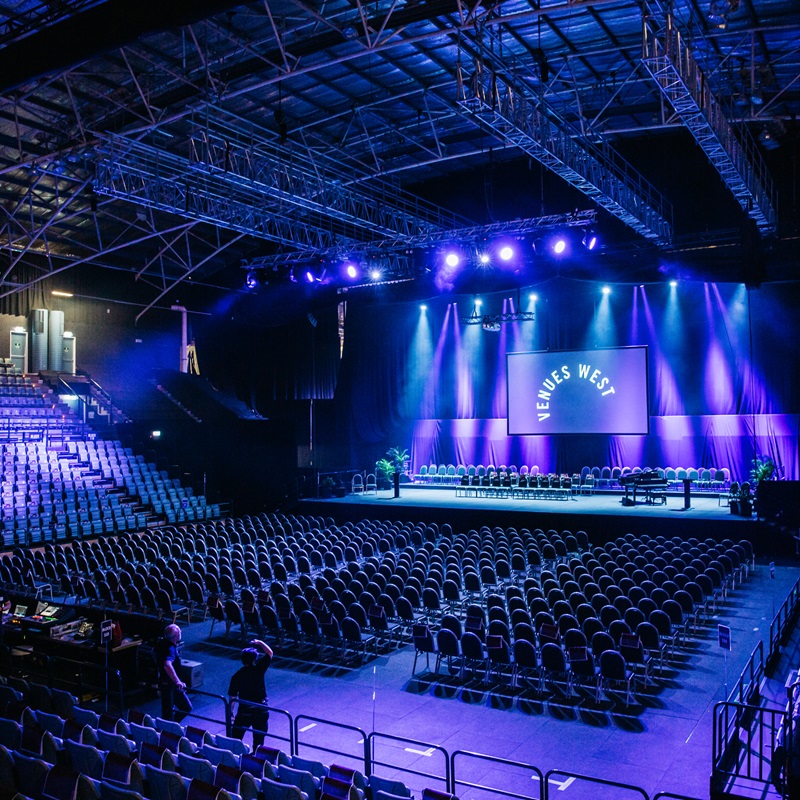Claremont Swimming & Fitness Stadium
69b0a431-90f8-4493-a66f-8aa5bd86806a.jpg?sfvrsn=840f760e_7&Quality=High&Method=CropCropArguments&ScaleUp=true&Width=1000&Height=400&Signature=C942615018CA9A2AA3B85718BCEFF1E774CAA4BC)
A wide variety of facilities available to you, the Perth community
Three 50m pools, a gymnastics training centre, a modern gym with a dedicated group fitness studio, café, dive pool, water polo pool and function spaces are all located at the venue
Explore our venue facilitiesSwim, train and play
We've got a range of services available with flexible options to suit your needs. Become a member or visit on a casual basis.
-
Gym
People of all ages, sizes and fitness levels are welcome to enjoy our gym facilities and classes.
Next group fitness class:View the group fitness timetableFetching next class information...
-
Swim
Swim laps, learn to swim or enjoy leisure swimming in our Olympic sized pools.
Current swim lane availability:
See the full lane availabilityFetching pool availability...
-
Kids Gymnastics
Explore Kids GymExplore our gymnastics classes for toddlers to primary school children, with programs designed around the school term and exciting holiday sessions.
Our Holiday Kids Gym will be back in the new year, welcoming kids aged 18 months to 8 years on Tuesdays and Fridays during the break.
Term 1 2025 enrolments will open Monday 16th December, for children aged 18 months to 10 years. Join the fun!
Complimentary Ultra SPF50+ sunscreen is now available at HBF Stadium thanks to our partners HBF Health.
Sun, surf and sand — it’s the image of Australia we like to project to the world.
And it’s true, we do have great beaches, an incredible lifestyle, and endless sunny days under big blue skies. But, as Australians have become increasingly aware over the last few decades, our love of sun can also be a serious health concern.
It’ll come as no surprise to most Australians that we have one of the highest rates of skin cancer in the world — with 2000 Australians dying of the disease every year. What’s unfortunate about that statistic is that skin cancer is almost entirely preventable.
So, how do you enjoy the sun, surf and sand lifestyle without putting your health at risk? Following these five simple sun safety steps is a great start. (Experts recommend you follow all of these measures).
Wear clothing that covers the skin
Keep as much of your skin covered as possible. For example, wear shirts with long sleeves. Understandably, you might not feel like wearing well-covering clothes on a hot sunny day, but loose options like linen trousers can keep you cool while keeping you covered.
Also, keep an eye out for fabrics that have an ultraviolet protection factor (UPF), which guarantees a specified level of UV protection.
Use a sunscreen that's at least SPF 30
Wherever your skin is exposed, slather on a generous layer of sunscreen. For maximum effectiveness, apply it to dry skin at least 20 minutes before you go out into the sun and reapply every two hours, or after swimming, or sweating a lot.
Always choose a broad spectrum, water-resistant sunscreen. And don’t scrimp when applying it! The Cancer Council says the average adult needs about a teaspoon’s worth for their head and neck, and the same for each limb, and the front of the body and the back. That’s seven teaspoons all up.
A note on our Vitamin D needs
Contrary to what some people believe, sunscreen does not negatively affect the amount of Vitamin D we absorb. In fact, if the UV index is over three, most people get enough Vitamin D from just a few minutes outdoors, most days of the week.
Wear a hat
‘No hat, no play’, as school children are often told. Wearing a hat is vital for shading your face, nose, neck and ears, which are among the most common sites for skin cancer.
The best hats for good coverage are broad-brimmed or legionnaire styles. Caps and visors might shade the face but don’t protect the neck or ears, so they’re not a great choice.
Choose a shade over full sun whenever you can
While sunbathing may be a popular pastime, laying out in the hot Australian sun for any period of time is not recommended. Sunburn can happen in as little as 11 minutes on a clear summer day, and you don’t need to be deliberately trying to tan for that to happen. Sunburn can even occur on an overcast day.
Using trees or shade structures for shelter helps reduce the amount of UV radiation, your skin is exposed to, reducing your risk of sunburn and skin damage. It’s always a good idea to use other skin protection measures at the same time, as UV can still reach you by reflecting off different surfaces.
Wear sunglasses to protect your eyes
If you’re outside during daylight hours, it’s recommended you wear sunglasses. Sunnies, in combination with a broad-brimmed hat, can reduce the amount of UV radiation you’re exposing your eyes to by 98 per cent.
The Cancer Council specifically recommends choosing “close-fitting wraparound sunglasses that meet the Australian Standard AS/NSZ 1067”.
A word about UV protection
We’ve mentioned UV a few times, so it’s worth briefly explaining what it is and what it does.
UV is short for ultraviolet radiation. It comes from the sun and, if we are exposed to too much of it, it causes our skin to redden and become hot and painful — damaging the skin, which then dies and begins to peel.
UV causes our skin to produce more melanin but if you are exposed to more radiation than your skin’s melanin levels can cope with, you’ll burn.
Experts recommend wearing sun protection whenever the UV index is three or higher or whenever you’re spending a lot of time outdoors.
You’ll never regret being vigilant about sun care
Many parts of Australia regularly reach very high UV levels. So much so, the Federal Government’s health advice website, HealthDirect, recommends staying out of the sun between 9am and 4pm, depending on the time of year and where you are in Australia.
To help you make sun care decisions, the Cancer Council has created a fantastic app that tells you the UV levels in your area and the levels of sun protection recommended to be appropriately sun smart.
Whether you live in a hot and sunny part of Australia, and you live the “sun, surf and sand” picture postcard lifestyle or not, you’ll never regret being vigilant about adequately protecting your skin from the sun.








.jpg?sfvrsn=fb7fb883_1&Quality=High&Method=CropCropArguments&ScaleUp=true&Width=460&Height=299&Signature=049C0A79A6F7DAB9CA989ECF12ACB3210BF8AD70)


.jpg?sfvrsn=6da3a820_3&Quality=High&Method=CropCropArguments&ScaleUp=true&Width=460&Height=299&Signature=3CA638FFA4F0797A5A765B4CA0F1C92C4DCA6E8B)
